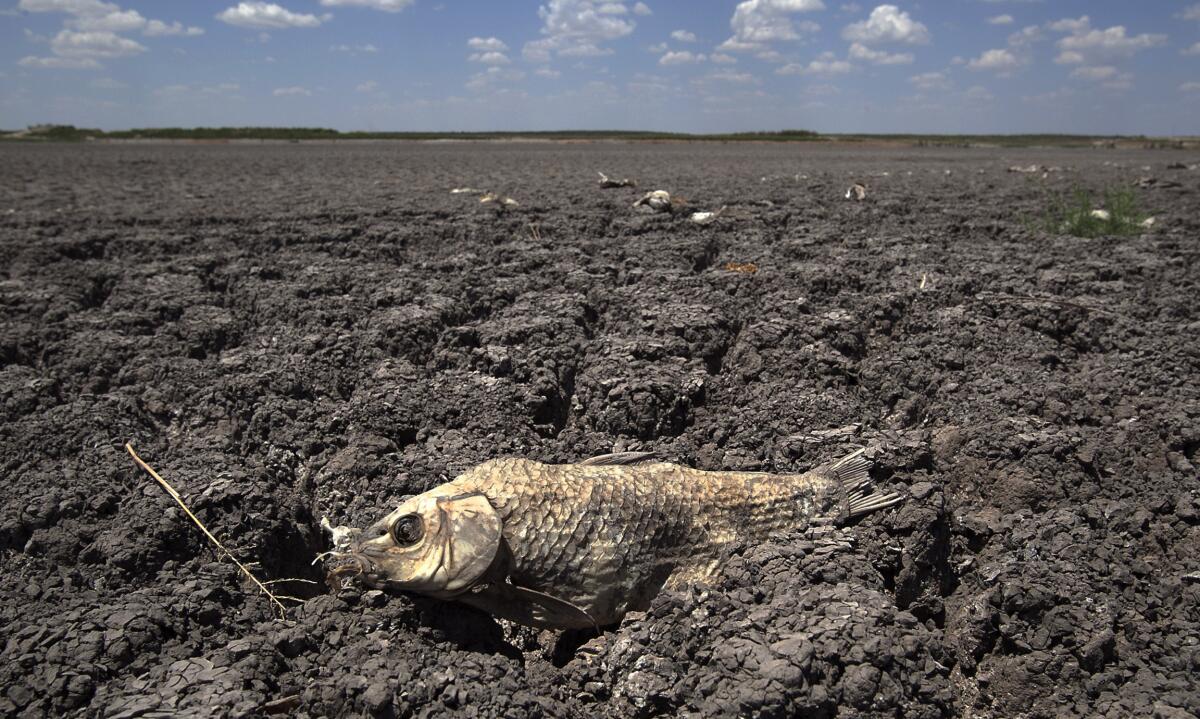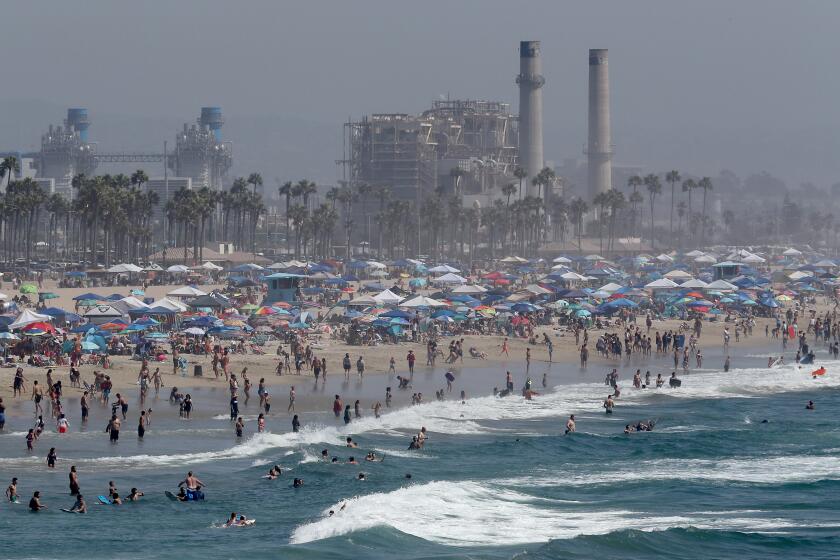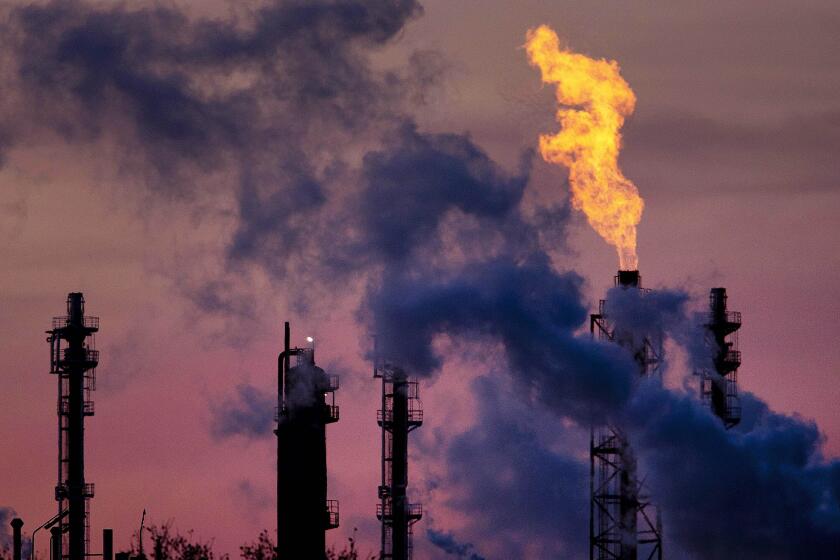America’s new normal: A degree hotter than two decades ago

America’s new normal temperature is a degree hotter than it was just two decades ago.
Scientists have long talked about climate change — hotter temperatures, changes in rain and snowfall and more extreme weather — being the “new normal.” Data released Tuesday by the National Oceanic and Atmospheric Administration put hard figures on the cliche.
The new normal in the United States is not just hotter, but wetter in the eastern and central parts of the nation and considerably drier in the West than just a decade earlier.
Meteorologists calculate climate normals based on 30 years of data to limit the random swings of daily weather, a standard set by the World Meteorological Organization. Every 10 years, NOAA updates normal for the country as a whole, for states and for cities — by year, month and season.
Record heat. Raging fires. What are the solutions?
Get Boiling Point, our newsletter about climate change, the environment and building a more sustainable California.
You may occasionally receive promotional content from the Los Angeles Times.
For the entire nation, the yearly normal temperature is now 53.3 degrees (11.8 degrees Celsius) based on weather station data from 1991 to 2020. That’s nearly half a degree warmer than a decade ago. Twenty years ago, normal was 52.3 degrees (11.3 degrees Celsius) based on data from 1971 to 2000.
“Almost every place in the U.S. has warmed from the 1981 to 2010 normal to the 1991 to 2020 normal,” said Michael Palecki, NOAA’s normals project manager.
Fargo, N.D., where the new normal is a tenth of a degree cooler than the old one, is an exception, but more than 90% of the U.S. has warmer normal temperatures now than 10 years ago, Palecki said.
Global warming pushed temperatures into record territory in 2020, in effect tying 2016 as the hottest year on record, according to new data.
In Chicago and Asheville, N.C., the new yearly normal temperature jumped 1.5 degrees in a decade. Seattle, Atlanta, Boston and Phoenix had their normal annual temperature rise by at least half a degree in the last decade.
Charlottesville, Va., saw the biggest jump in normal temperatures among 739 major weather stations. Other large changes were in California, Texas, Virginia, Indiana, Arizona, Oregon, Arkansas, Maryland, Florida, North Carolina and Alaska.
New normals are warmer because the burning of fossil fuels is making the last decade “a much hotter time period for much of the globe than the decades” before, said Cornell University climate scientist Natalie Mahowald.
For Phoenix, the biggest change in normal came in precipitation. The normal annual rainfall there dropped 10%, to 7.2 inches (18.2 centimeters).
Rainfall in Los Angeles dropped 4.6%.
At the same time, Asheville saw a nearly 9% increase in rainfall, while New York City’s rainfall rose 6%. Seattle’s normal is 5% wetter than it used to be.
Scientists say recent pledges by the U.S. and others could help cap global warming at 2 degrees Celsius (3.6 degrees Fahrenheit) by century’s end.
Climate scientists are split about how useful or misleading newly calculated normals are.
Mahowald and University of Oklahoma meteorology professor Jason Furtado said updating normal calculations helps city and regional planners to prepare for flooding and drought, farmers to decide what and when to plant, energy companies to meet changing demands and doctors to tackle public health issues arising from climate change.
But Pennsylvania State University climate scientist Michael Mann said he prefers using a constant baseline, such as 1951 to 1980, as NASA does. Adjusting normal every 10 years “perverts the meaning of ‘normal’ and ‘normalizes’ away climate change,” he said.
North Carolina’s state climatologist Kathie Dello agreed: “It seems odd to still call them normals because 1991-2020 was anything but normal climate-wise.”
Indeed, the new normal annual U.S. temperature is 1.7 degrees (0.9 degrees Celsius) warmer than the first normal, which was calculated for 1901 to 1930.
More to Read
Sign up for Essential California
The most important California stories and recommendations in your inbox every morning.
You may occasionally receive promotional content from the Los Angeles Times.












